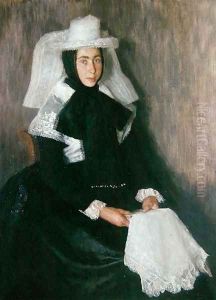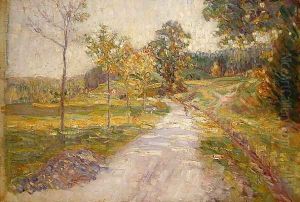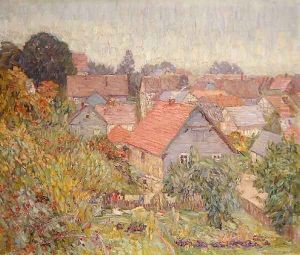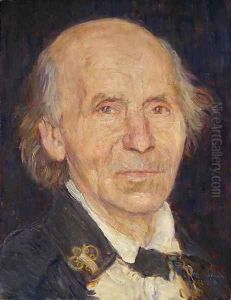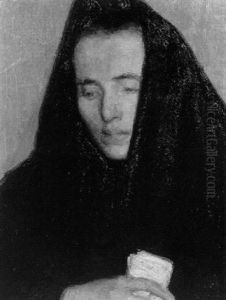Wilhelm Thielmann Paintings
Wilhelm Thielmann, a German artist, was born in 1880 in Halle, Germany, and passed away in 1966. His early life and education were rooted in the rich cultural and historical context of Germany at the turn of the century, a period that was marked by significant changes and developments in the arts across Europe. Thielmann's work is often associated with the styles and movements that were prevalent during his time, including expressionism and realism, though he developed a unique approach that distinguished his work from that of his contemporaries.
Thielmann's artistic journey began in an era when artists were exploring new ways of seeing and representing the world around them. He was part of a generation that sought to break away from the traditional constraints of artistic expression, experimenting with color, form, and technique to capture the essence of their subjects. Throughout his career, Thielmann exhibited a keen interest in the landscapes and people of his native Germany, often portraying them with a depth of emotion and a nuanced understanding of light and shadow.
Despite the challenges posed by the political and social upheavals of his time, including two World Wars and the interwar period, Thielmann continued to produce work that reflected both his personal vision and the broader currents of German art. His contributions to the art world were recognized through exhibitions and the acquisition of his works by collectors and museums.
After his death in 1966, Wilhelm Thielmann's legacy endured, with his art continuing to be appreciated for its emotional depth and technical mastery. His paintings and drawings, which capture the spirit of early to mid-20th century Germany, continue to be studied and admired for their historical significance and artistic value. Thielmann's work remains a testament to the enduring power of visual art to convey complex human experiences and emotions.
